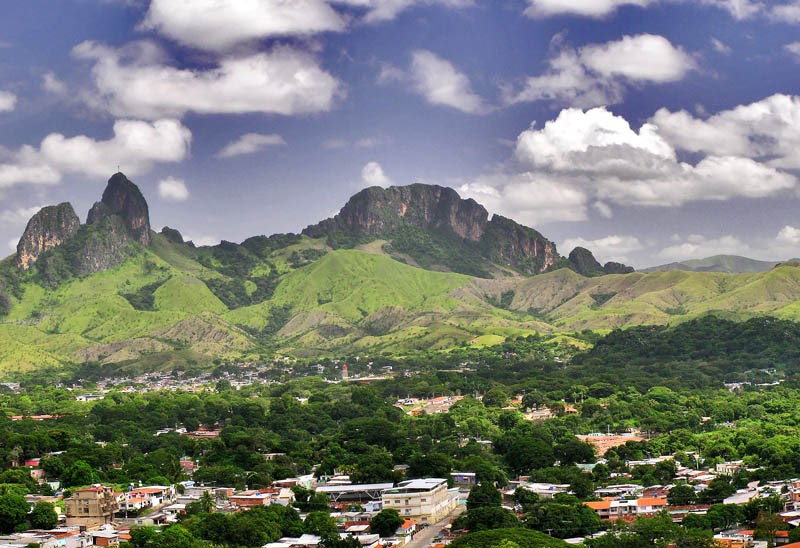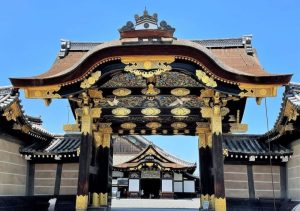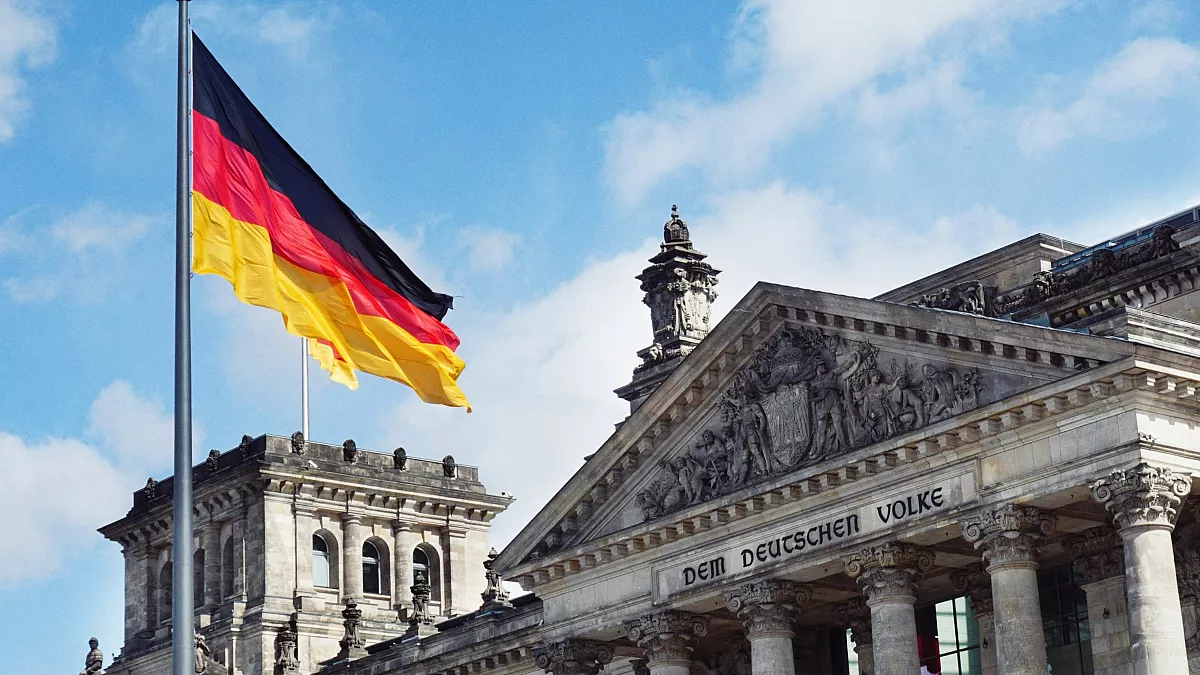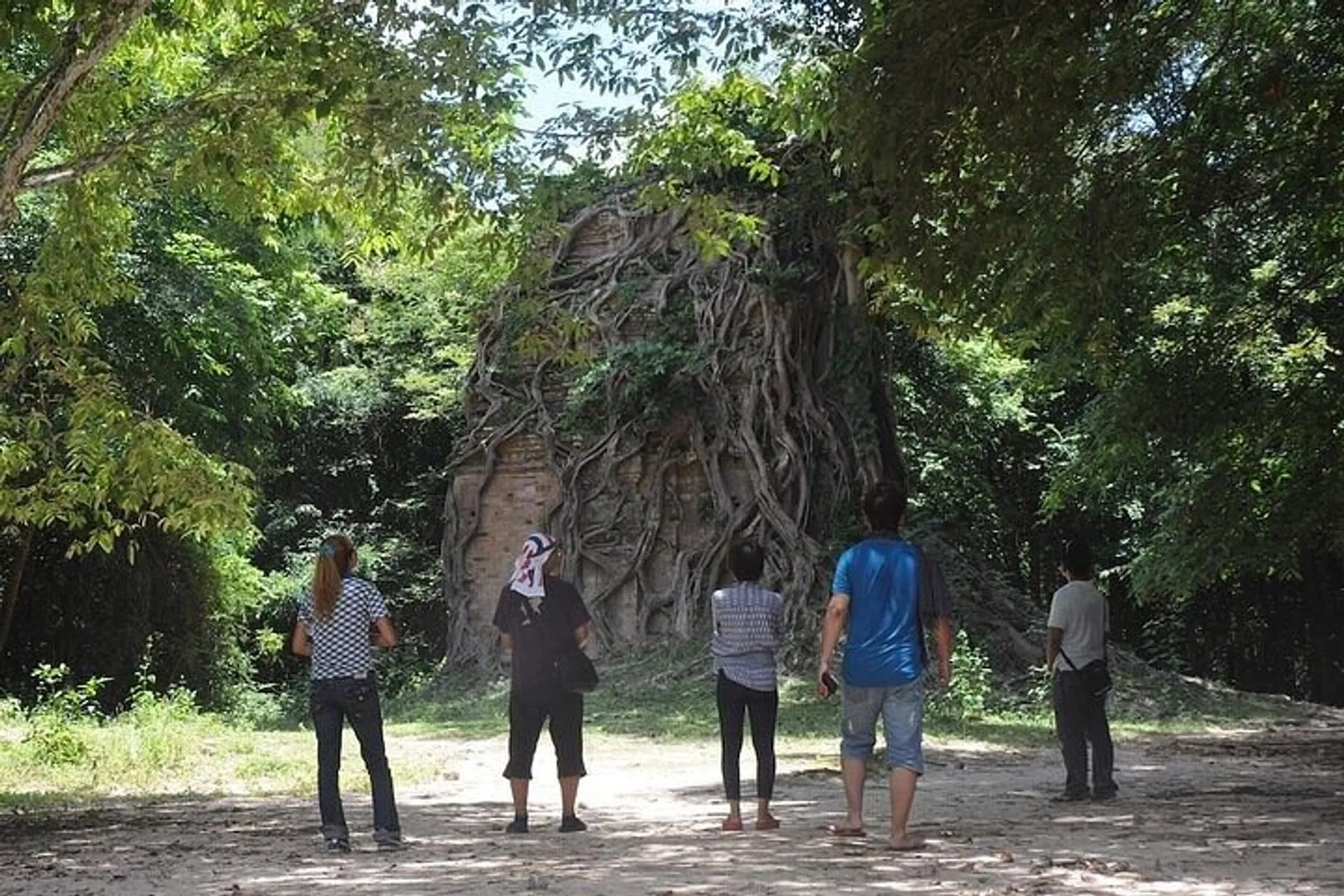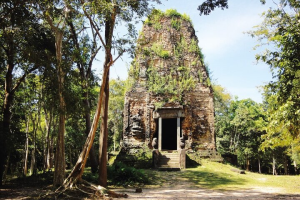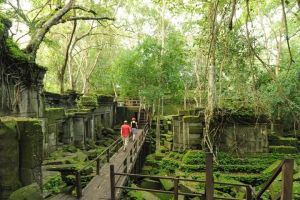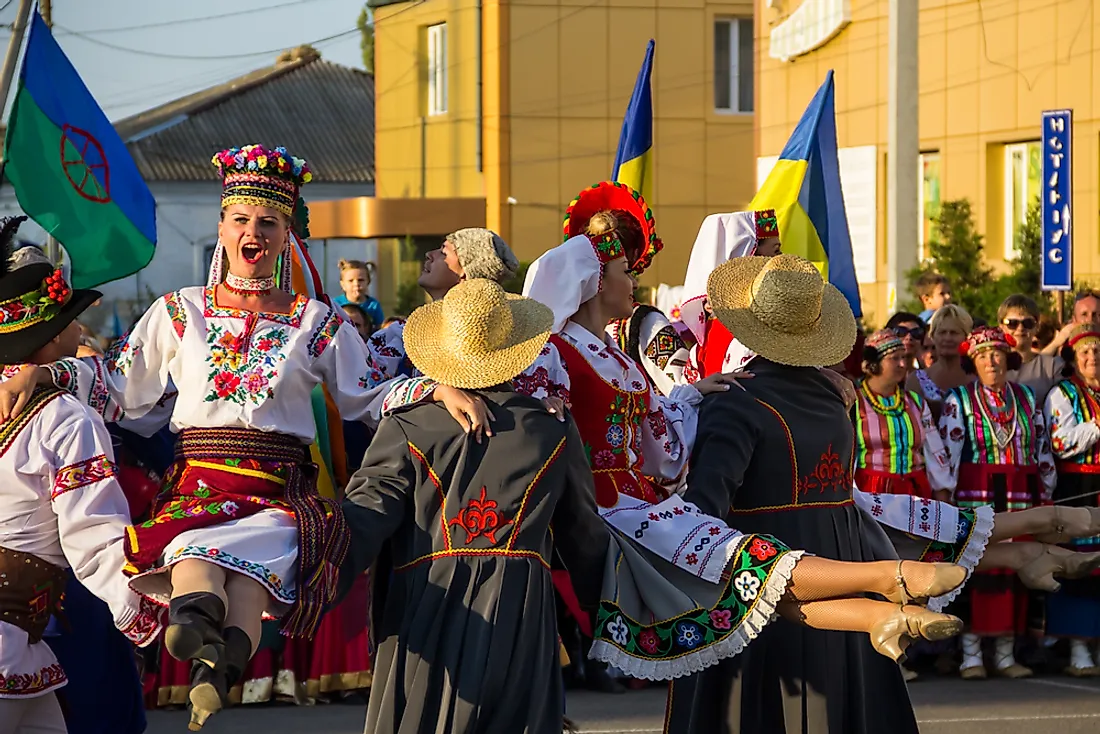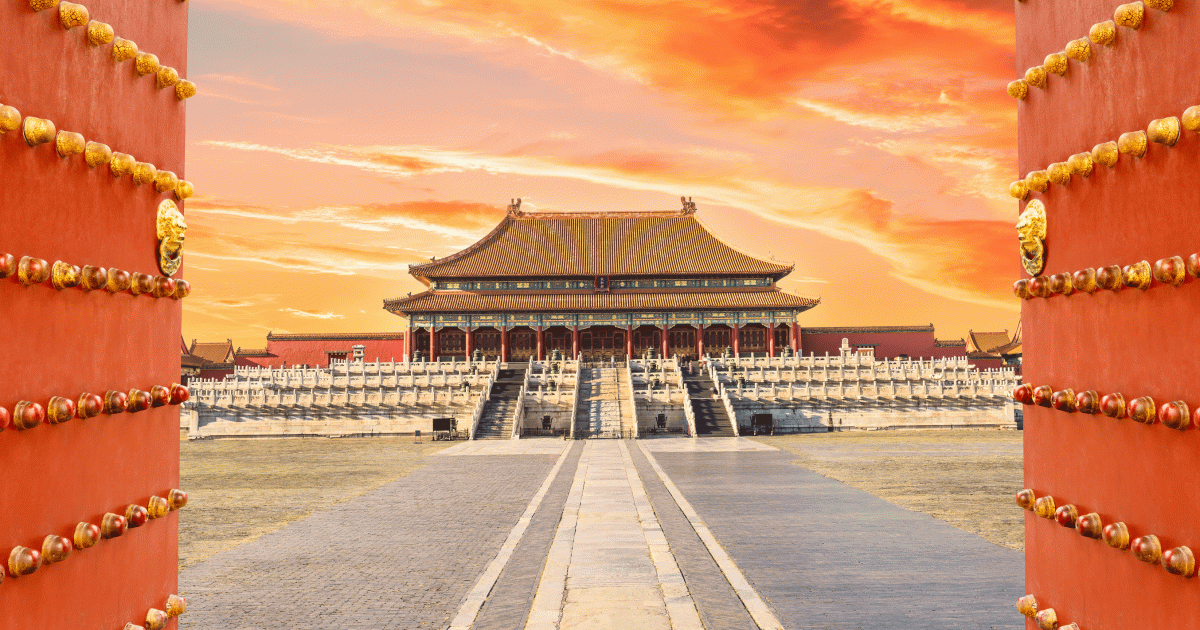ircicaarchdata.org – Guárico, a state located in central Venezuela, is primarily characterized by its expansive plains or llanos. This region, known for its seasonal flooding and rich biodiversity, has shaped the state’s culture, economy, and way of life.
Llanero Culture and Tradition
The Llanero culture, deeply rooted in the traditions of Venezuelan cowboys, is a significant part of Guárico’s identity. The joropo, a vibrant folk dance and music genre, is a central element of Llanero culture, often accompanied by the sounds of the cuatro and the harp.
Natural Beauty and Biodiversity
Guárico boasts a diverse range of ecosystems, from the vast savannas to the dense forests along the Orinoco River basin. The state is home to a variety of wildlife, including capybaras, jaguars, and a diverse birdlife. Several rivers, including the Guarico River, flow through the state, providing vital resources and shaping the region’s ecology.
Economic Activities
Agriculture and livestock are the primary economic activities in Guárico. The state is known for its production of rice, corn, and livestock, particularly cattle. The fertile plains of Guárico make it an important agricultural region in Venezuela.
Challenges and Opportunities
Despite its natural beauty and economic potential, Guárico faces several challenges, including poverty, unemployment, and environmental degradation. The state’s economy is vulnerable to fluctuations in agricultural prices and climate change. However, Guárico also offers significant opportunities for sustainable development, particularly in ecotourism and renewable energy.
A Glimpse into the Future
As Venezuela continues to navigate complex political and economic challenges, Guárico’s future remains uncertain. However, the state’s resilient people and its vast natural resources offer hope for a brighter future. By investing in education, infrastructure, and sustainable development, Guárico can overcome its challenges and contribute to the growth and prosperity of Venezuela.

